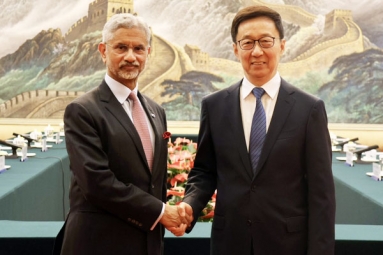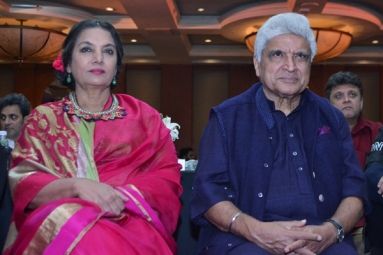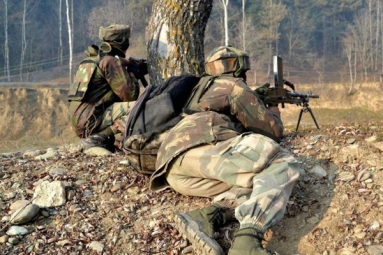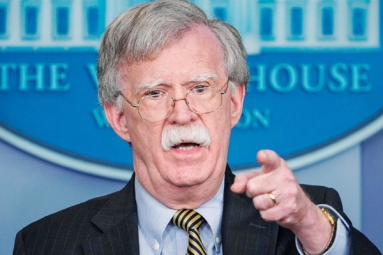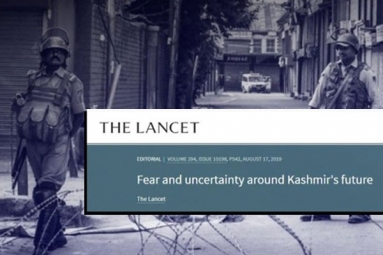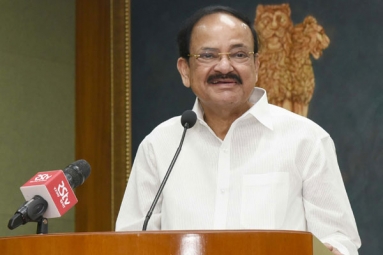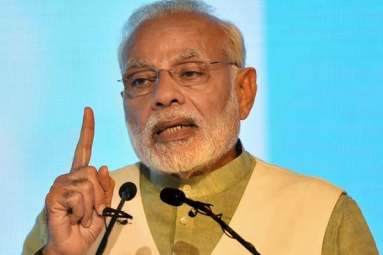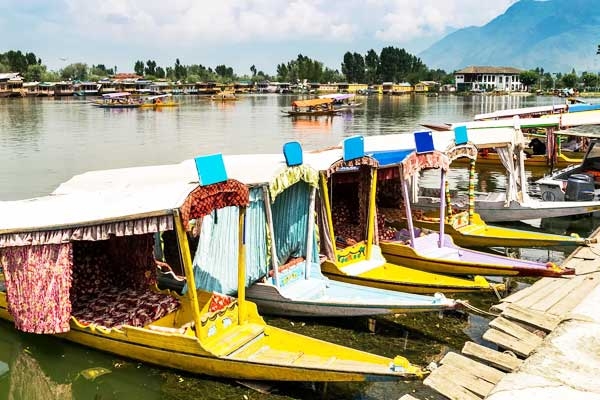
(Image source from: Canva.com)
The recent terrorist attack in Pahalgam, which resulted in the deaths of at least 26 individuals, predominantly tourists, has caused widespread alarm throughout the nation. This tragedy is set to significantly harm the tourism industry in Jammu & Kashmir, a critical component of its economy that had recently begun to improve. Many tourists have already scrapped their plans to visit the Kashmir Valley this summer. Analysts express concern that this assault, occurring on April 22 and marking one of the most lethal attacks on civilians in recent times, may lead companies to pause their investment strategies, thus affecting the gross state domestic product (GSDP) that had exceeded the national average in the fiscal year 2025.
Tourism contributes approximately 7-8 percent to J&K’s GSDP. As per the Economic Survey for 2024-25, the region's GSDP in real terms saw a growth of 7.06 percent in 2024-25 (according to preliminary estimates), reflecting a rate similar to the previous fiscal year, which was 7.08 percent. The GSDP experienced a notable rise of 9.31 percent in 2022-23, whereas, in 2021-22, the growth was only 2.67 percent. During 2020-21, GSDP contracted by 1.33 percent, and in 2019-20, it declined by 0.99 percent. The current Union Territory of Jammu & Kashmir was formed on October 31, 2019, through the reorganization of the former state into two Union Territories, with Ladakh as the other. The years 2019-20 and 2020-21 showed negative growth primarily due to a halt in development activities following the revocation of Article 370 and restrictions related to the pandemic.
However, since 2022-23, J&K's economic progression has slightly outpaced the national average, with an average growth of 7.81 percent over the last three fiscal years, compared to the national average of 7.77 percent. For the fiscal year 2025-26, the GSDP of the UT is projected to grow by approximately 9.5 percent, supported by strategic policy initiatives, infrastructure improvements, and business-friendly measures, as stated by Chief Minister Omar Abdullah during his budget address in March. According to second advance estimates, India's GDP growth is anticipated to be 6.5 percent in 2024-25. The GDP witnessed a considerable increase of 9.2 percent in 2023-24 and 7.6 percent in 2022-23. Growth rates for 2021-22 and 2020-21 were recorded at 9.7 percent and -5.8 percent, respectively. The RBI forecasts a GDP growth of 6.5 percent for 2025-26.
The Economic Survey notes that Jammu & Kashmir is contributing approximately 0.8 percent to India's GDP. Experts suggest this figure may decrease as a result of the recent terrorist attack on April 22. It is estimated that between 2019-20 and 2024-25, J&K achieved a compound annual growth rate of 4.89 percent in real GSDP, compared to 4.81 percent from 2011-12 to 2019-20. The Economic Survey for Jammu & Kashmir indicates that this rise in growth points to increased economic activity and development efforts, likely resulting from various government initiatives focused on economic advancement, infrastructure development, and support for businesses.
The Per Capita Income (PCI) in Jammu and Kashmir has experienced remarkable growth, showing an increase of about 148 percent from 2014-15 to 2024-25, with a projected PCI of Rs 1.55 lakh for the year 2024-25. While J&K's PCI continues to lag behind the national average, the discrepancy is diminishing, as the ratio of J&K's PCI to that of India has climbed from 71.9 percent in 2014-15 to around 77.3 percent in 2024-25. This trend points to enhancements in living conditions and rising economic prosperity for the inhabitants of J&K, according to the survey.
It is expected that J&K's PCI at current prices will grow by 10.6 percent in 2024-25, outpacing the national increase of 8.7 percent. In recent years, particularly from 2023-24 to 2024-25, J&K has demonstrated strong growth in PCI, exceeding the overall national growth rate.
A comparative study of J&K's Per Capita Income (Per Capita NSDP) at current prices, relative to northern states from 2019-20 through 2023-24, reveals that J&K has achieved a compound annual growth rate of 8.3 percent. This outstrips growth rates in Punjab (6.2 percent), Delhi (6.7 percent), Himachal Pradesh (6.0 percent), and Chandigarh (6.5 percent), as highlighted in the survey.
Tourism serves as the key economic engine for Jammu and Kashmir, creating numerous job opportunities and stimulating activity in the tertiary sector. The services sector is projected to represent a significant 61.70 percent of J&K’s gross state value added (GSVA) in 2024-25 and accounts for 31.31 percent of employment. The scale and growth of this sector are essential for the expansion of GSDP, given its overall economic contribution.
Moreover, tourism holds considerable potential to enhance growth, as J&K’s stunning natural landscapes and rich cultural heritage can drive tourism development, leading to new job creation and economic advancement, as indicated by the survey.
On the other hand, the secondary sector is expected to represent approximately 18.30 percent of the GSVA for J&K in 2024-25, with construction alone making up about 42.46 percent of this sector's total value added. Construction has emerged as a significant source of employment in J&K, providing 14.94 percent of jobs in the 2023-24 period, which reflects ongoing infrastructure enhancements and urban development efforts in the region. In the fiscal year 2018-19, the secondary sector constituted around 28 percent of J&K's GSDP.
The Economic Survey also reported that investment proposals totaling Rs 1.63 lakh crore have been received by J&K (up to December 2024), which are anticipated to create direct employment for over 5.90 lakh individuals. Since 2019, 1,984 units have been established, amounting to an investment of Rs 9,606.46 crore and generating a total of 63,710 jobs in J&K up to December 2024. Among these, 334 units have been set up in 2024-25, providing jobs for 8,443 individuals with an investment of Rs 2,977 crore.
Furthermore, the Central Government has introduced a New Central Sector Scheme (NCSS) with a financial allocation of Rs 28,400 crore aimed at fostering industrial growth in Jammu and Kashmir in 2021. This initiative includes various incentives such as capital investment rewards, subsidies on interest rates, and GST-linked incentives. The scheme garnered an enthusiastic response and was completely subscribed. As of the registration cutoff in September 2024, a total of 971 applications have been approved, reflecting an investment worth Rs 10,471 crore, which could lead to the creation of 51,897 jobs, according to the survey.
In addition, Jammu and Kashmir has seen the establishment of industries with total investments surpassing Rs 500 crore. These significant projects have triggered the growth of supporting industries, increased local job opportunities, and firmly established J&K as an attractive location for investment, the survey reported. There have also been 8,306 new applications submitted, collectively proposing an investment of Rs 1.63 lakh crore, with the potential to generate approximately 5.90 lakh jobs.






